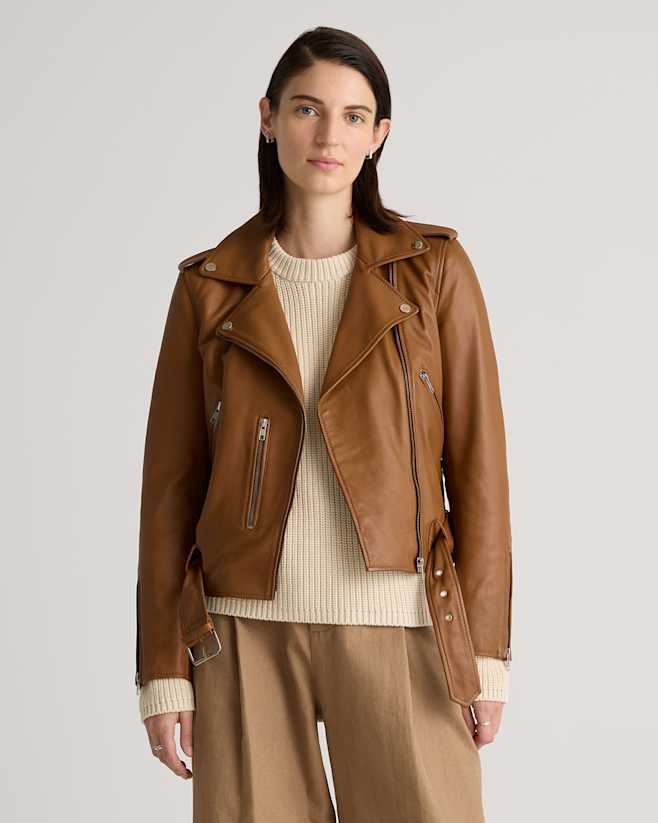
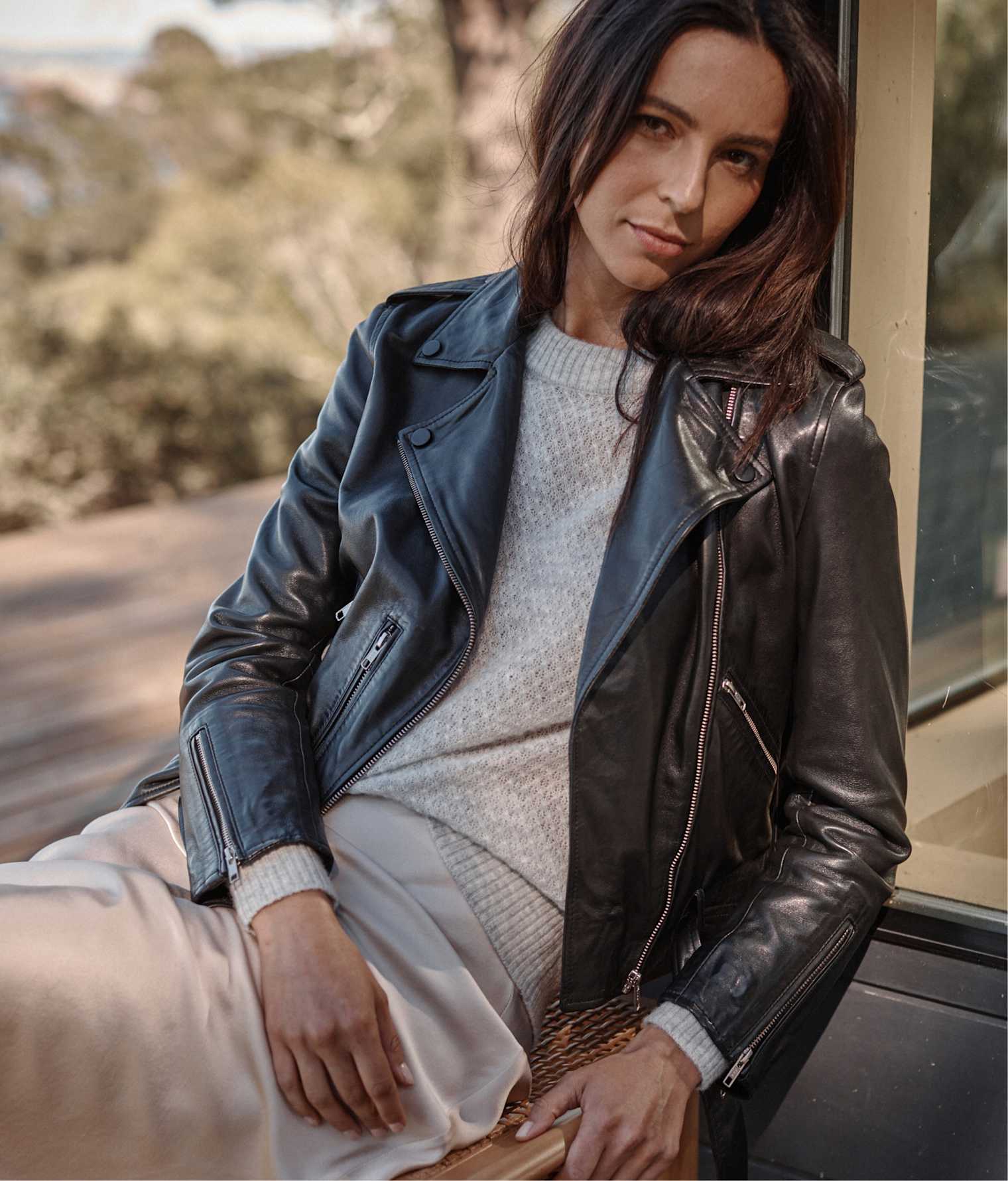
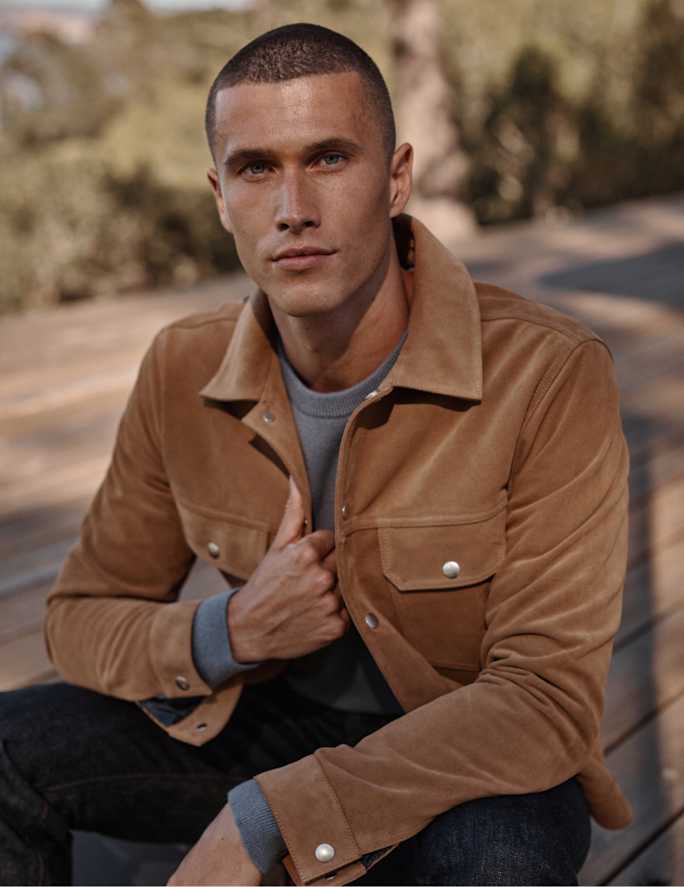
ALL ABOUT QUINCE LEATHER
Affordable luxury that can last a lifetime.
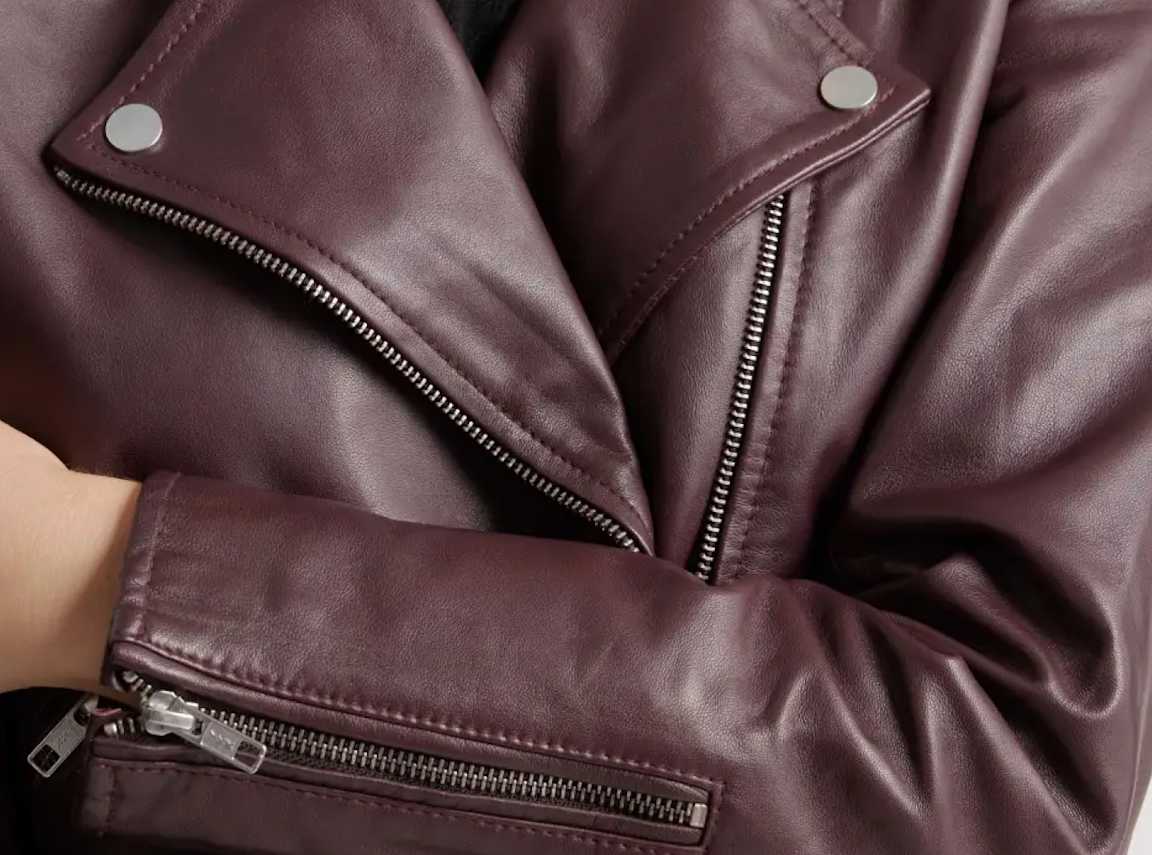
Why is Quince leather so coveted by those in the know? Our timeless, outfit-making pieces deliver a buttery-soft feel, meticulous craftsmanship, and incredible longevity at always fair prices. How do we do it? Let’s explore.
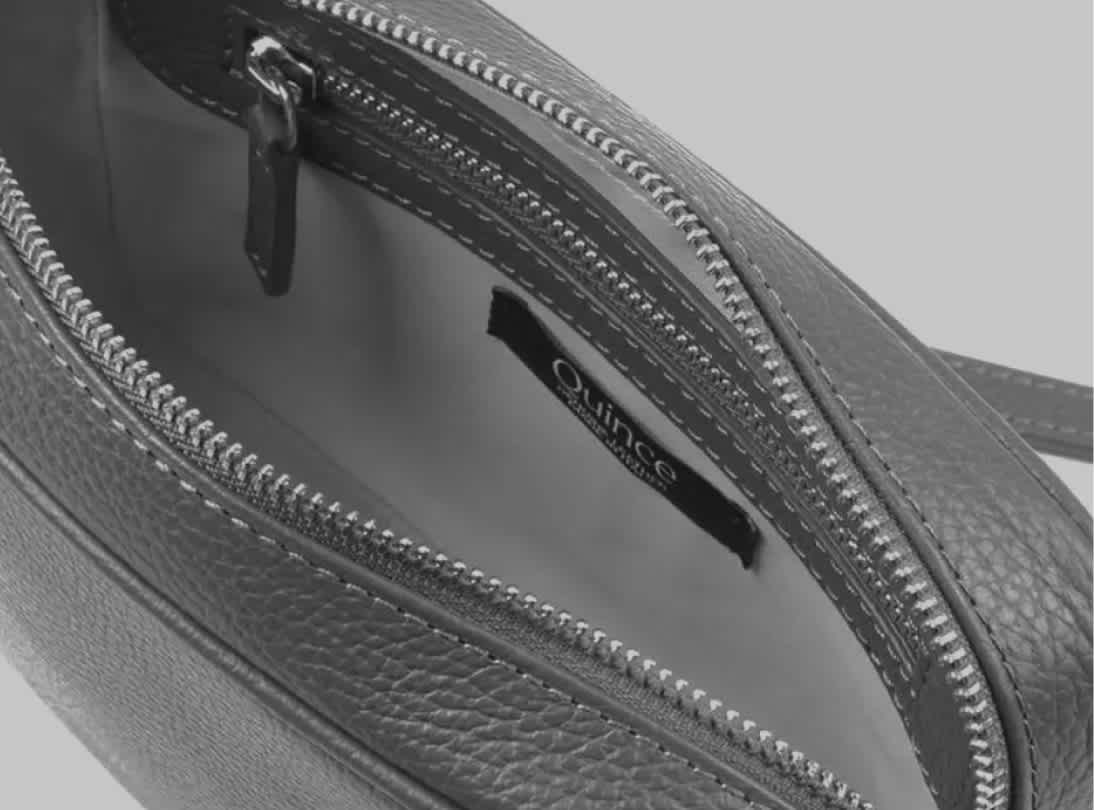
WHY OUR LEATHER IS THE BEST
We scour the world to find the most premium quality goat, sheep, and cow leather. You’ll see we often use top grain leather because of its amazing feel, aesthetic, and easy maintenance. Our leather is also more ethically sourced, mindfully tanned without toxins, made in socially compliant factories, and skillfully made by hand, not machine.
Before we design anything with leather, we carefully consider the requirements of the style— determining the finish, thickness, and treatment—which helps us choose the best leather most suited to the beauty and longevity of the piece. The result: gorgeously soft leather that won’t flake, crack, or thin out.

COOL. CHIC. CLASSIC.
Leather jackets, totes, and more to seriously exceed your expectations.

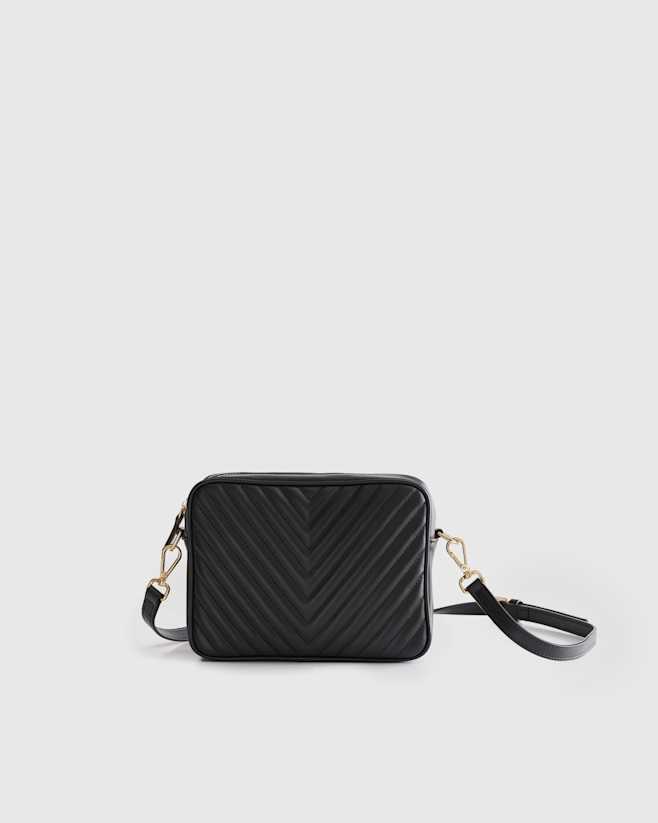
- Best seller
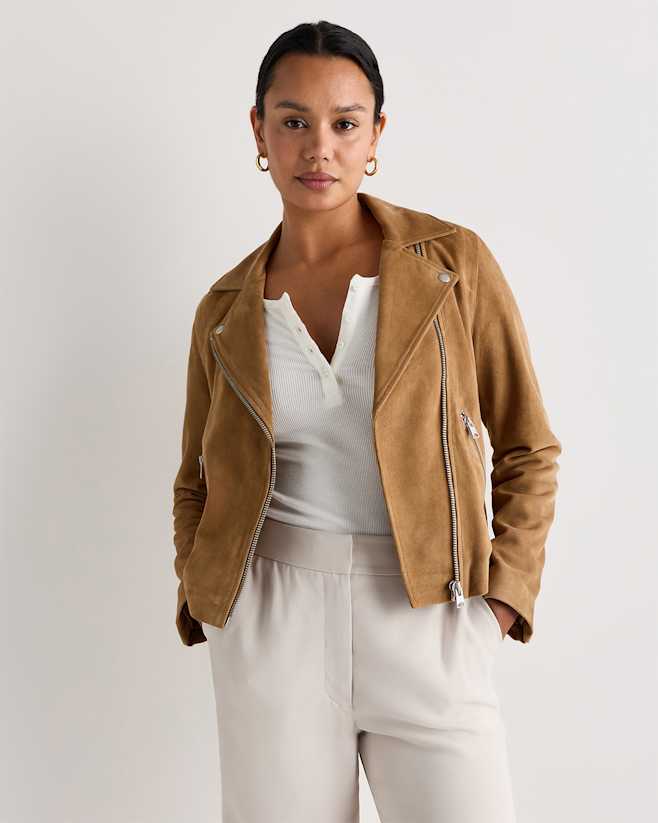
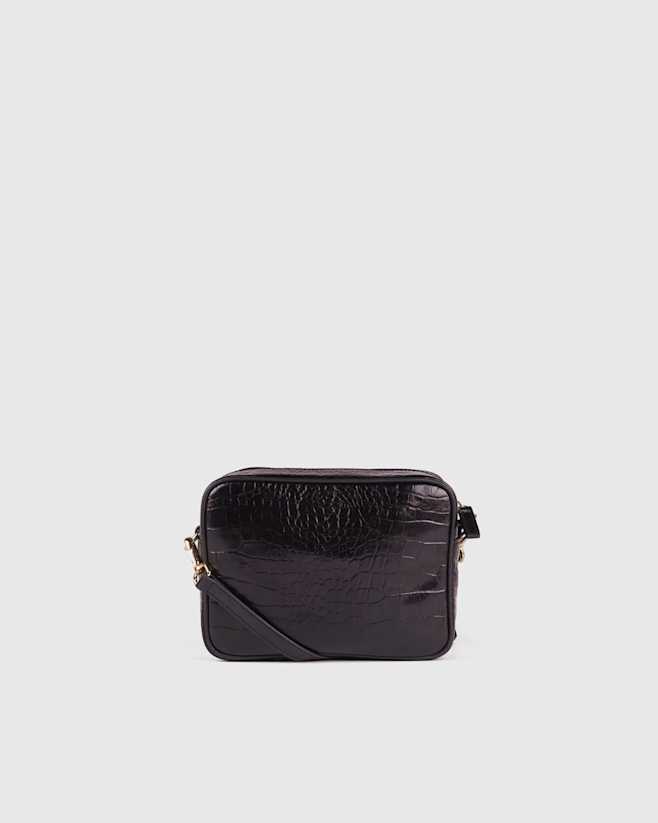
- Best seller
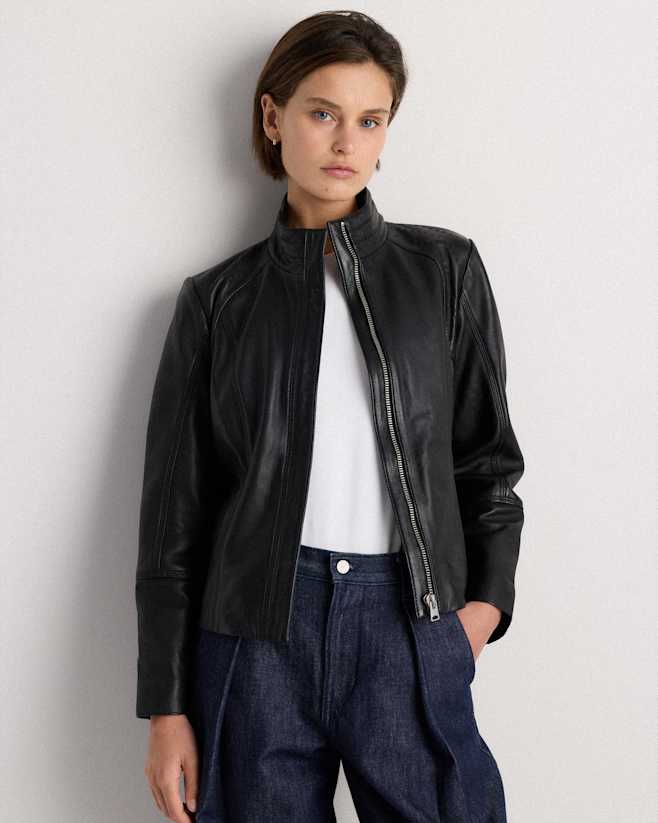
- New
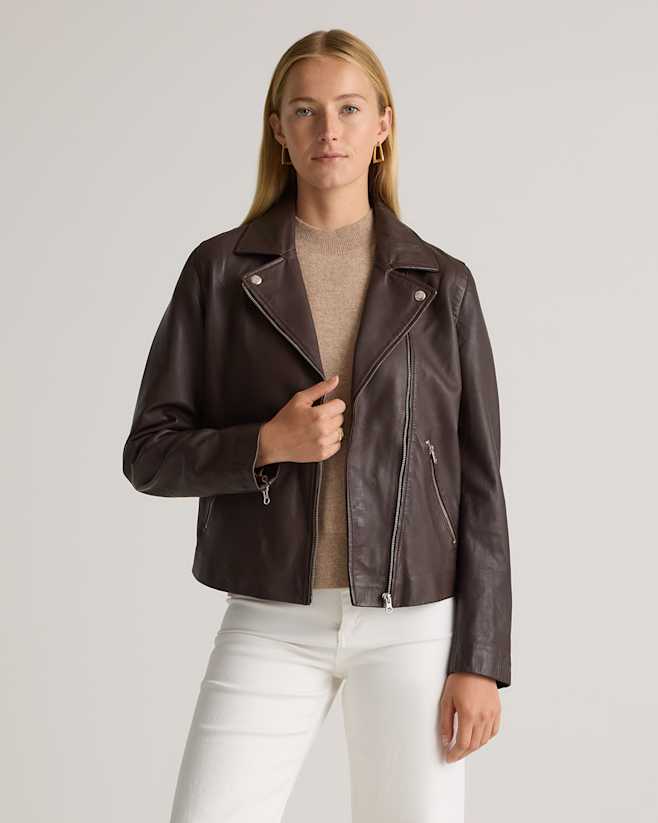
- Best seller
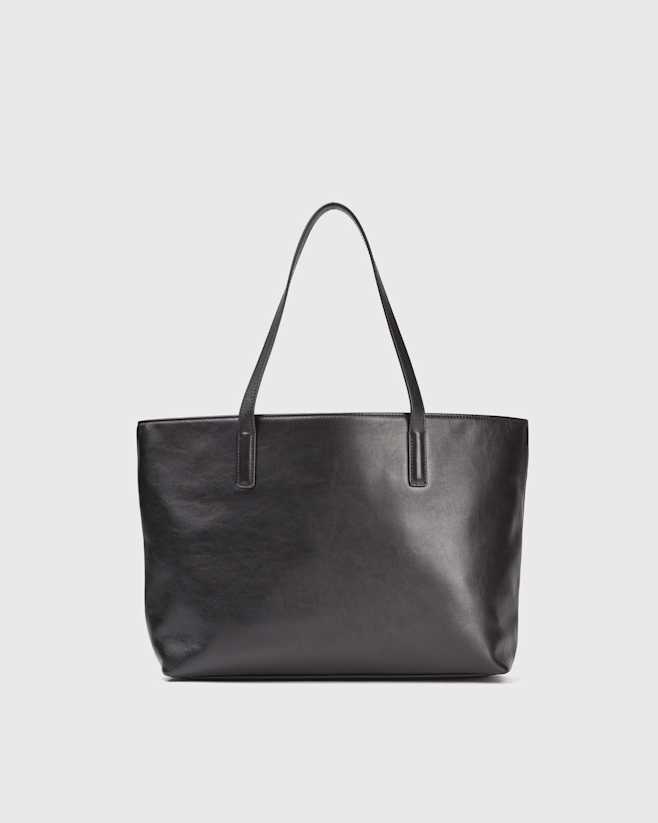
- Best seller
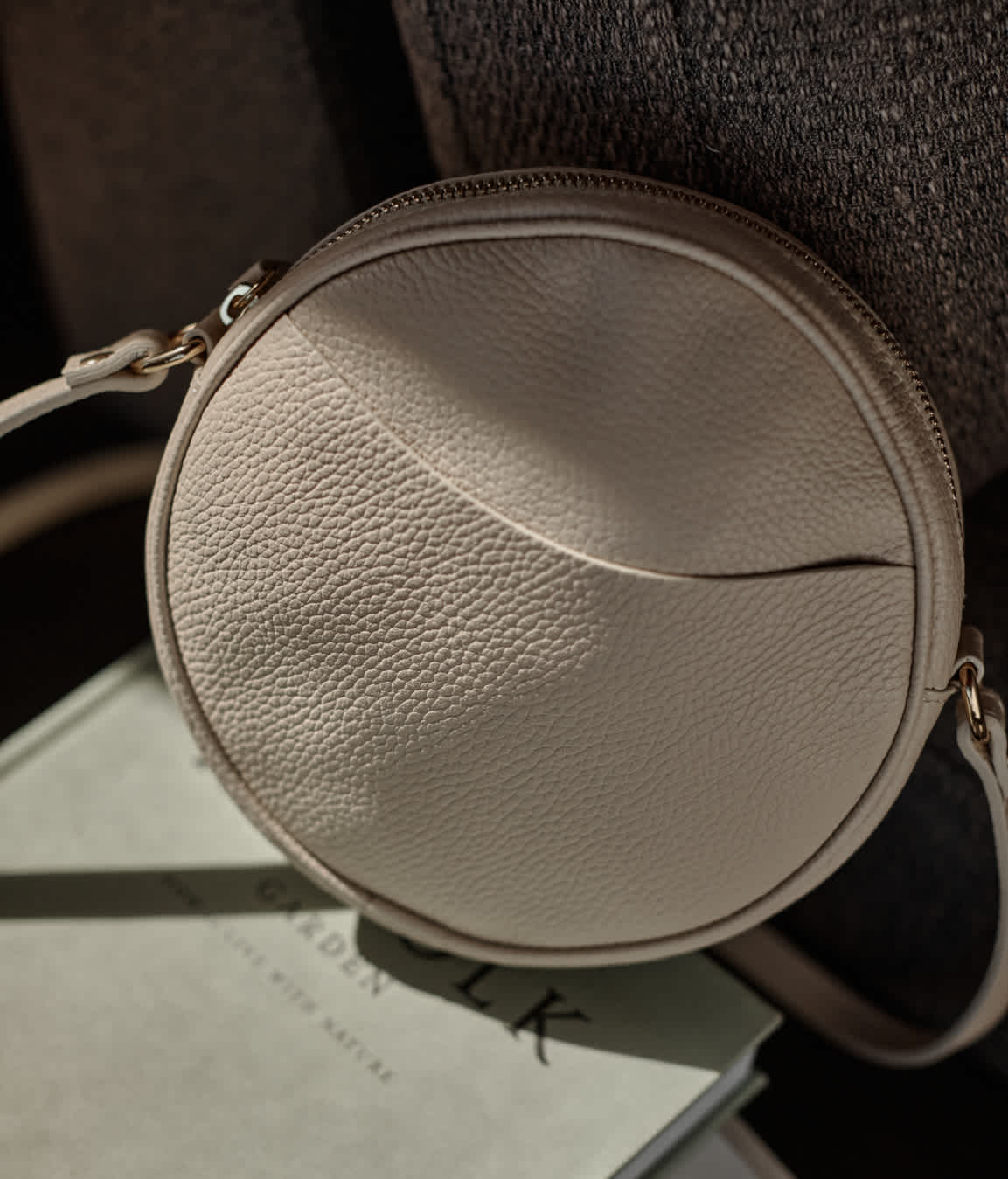
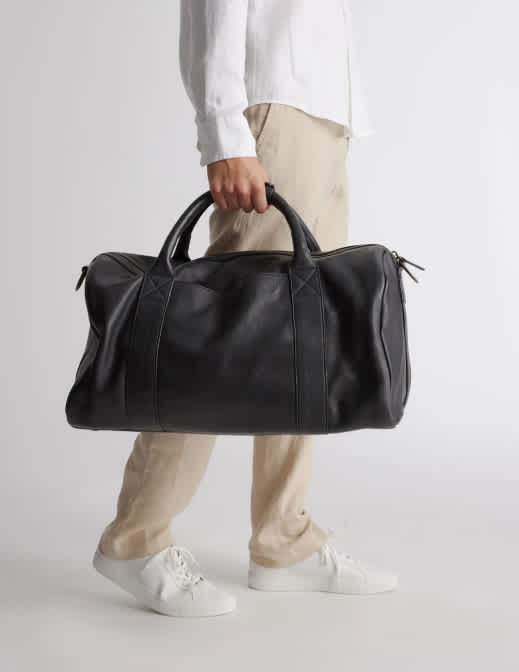
More ethically made, more sustainable, more buttery soft and smooth—and more affordable? All of the above.

High quality at a fair cost
HOW WE KEEP OUR LEATHER PRICES LOW
Once you get a feel for Quince leather, you’ll see it’s on par with designer styles that can cost 10x as much. So, what’s the catch? Quality leather traditionally costs a lot because of raw materials, manufacturing, and a bloated business model. But we streamline all of that by maintaining lower overhead, using smart scaling strategies, careful research and planning, small batch production, and using only premium leather in the first place, which eliminates the cost of customer returns. By getting rid of the excess spend, we pass the savings (and unbelievably soft leather) on to you.
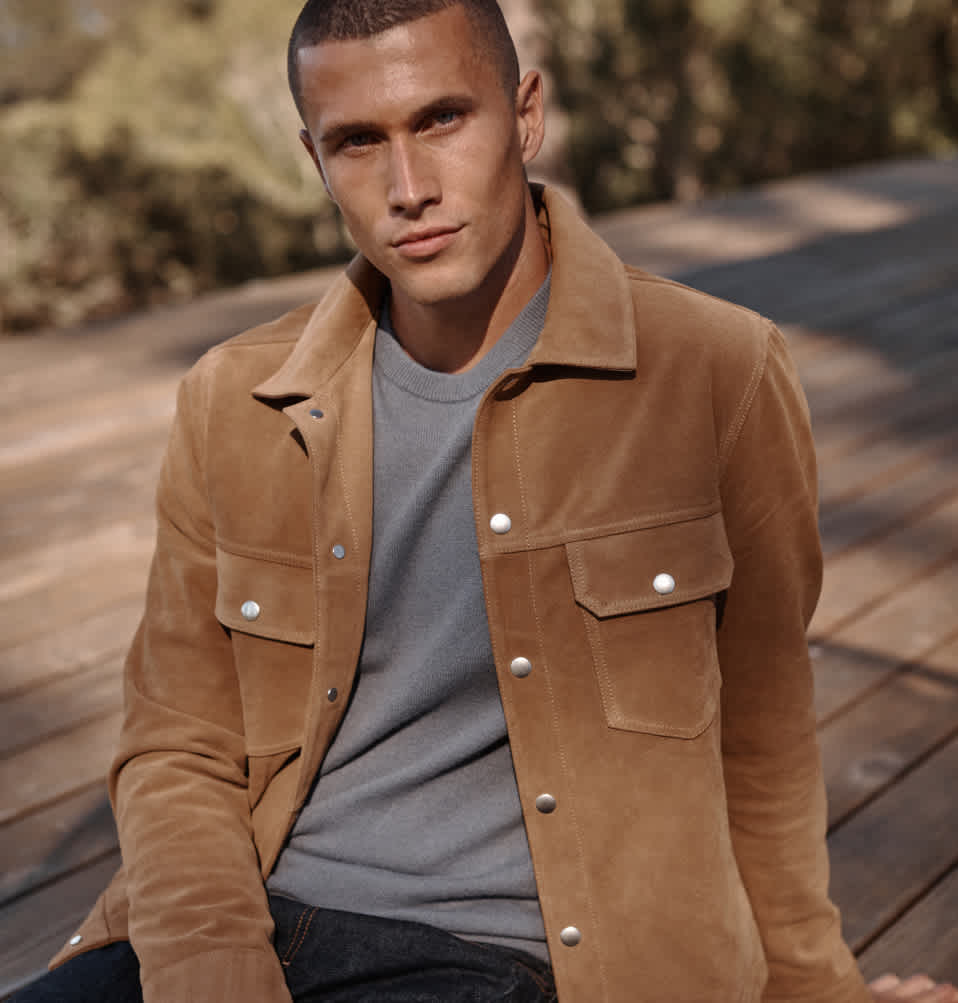
OUTFIT HEROES
Make leather the statement piece of your look with classic-cool jackets and accessories.
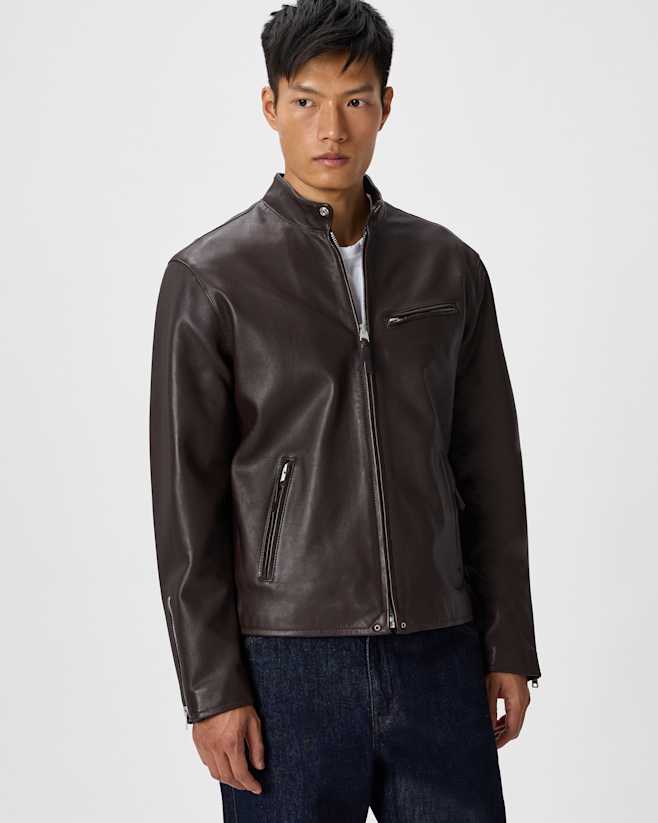
- Low stock
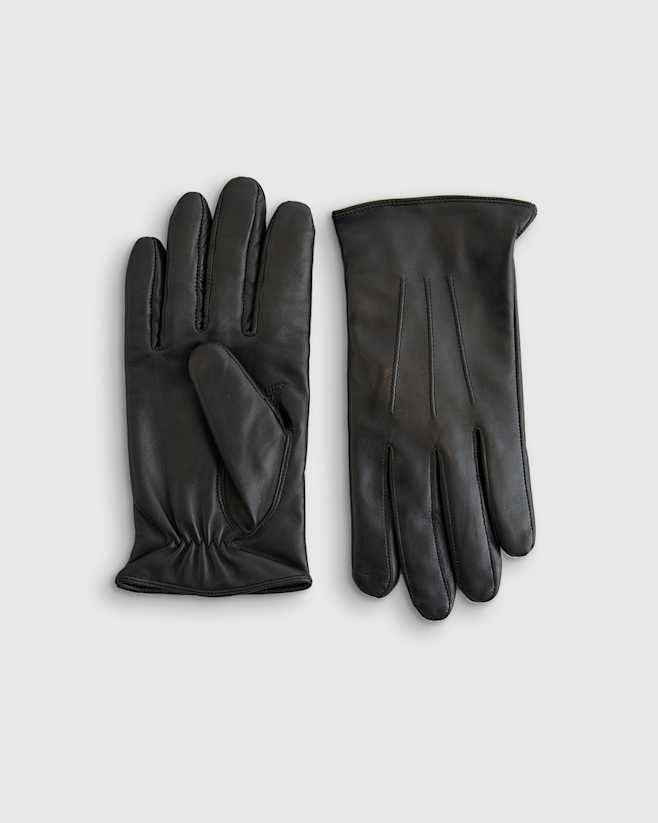
- Low stock
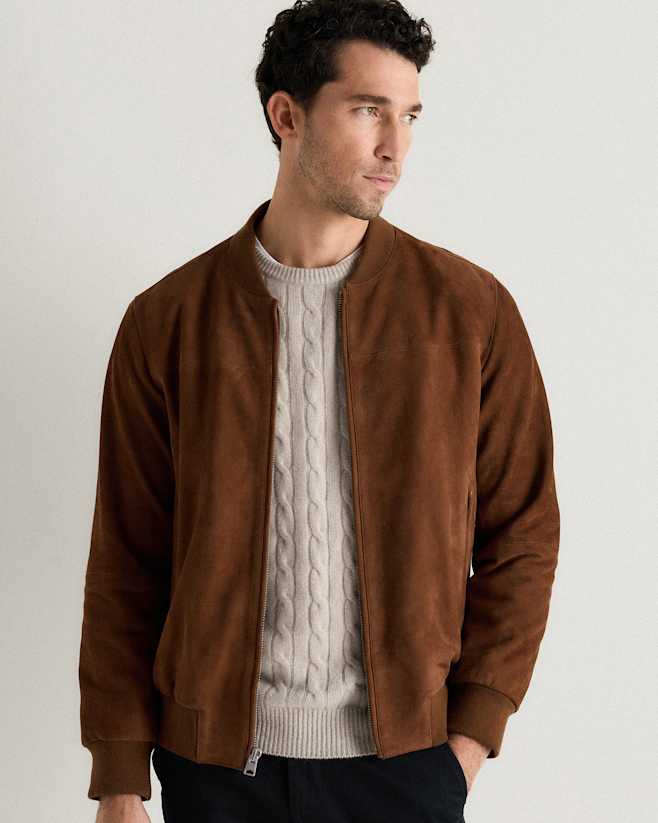
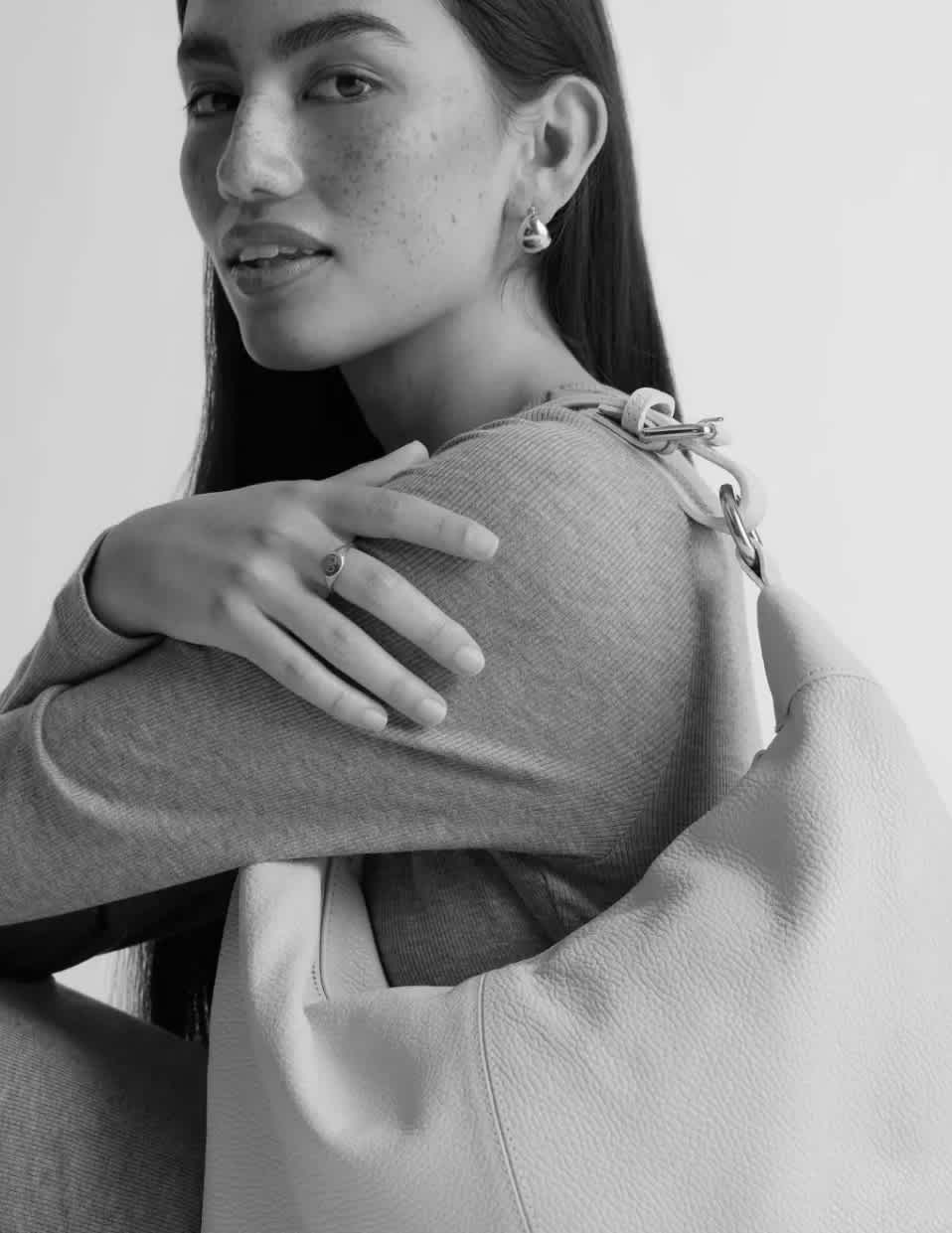
Making it better
EVERYTHING FEELS GOOD ABOUT OUR LEATHER
The buttery soft, designer-level quality isn’t the only thing you can feel good about. Quince leather is:
Made in Sedex or BSCI (Business Social Compliance Initiative) certified factories helping to improve working conditions
Made in tanneries certified by Leather Working Group to minimize environmental impact and highlight unique leather characteristics without heavy use of chemicals
Sourced to prevent unused hides from becoming unnecessary waste
WHY YOU’LL LOVE QUINCE LEATHER
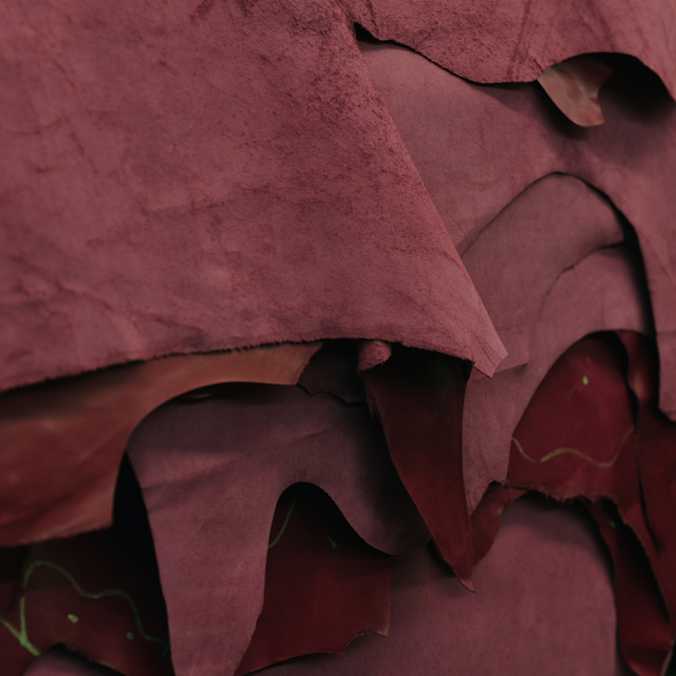
Breathability
You might be surprised to know that leather lets air pass through easily, making it naturally breathable. This perk means you can wear it year-round, staying warmer in winter and cooler in summer.

Comfortability
Unlike synthetic materials, leather gets better over time. The more you wear it, the more it molds to your unique shape for a comfy, lived-in look.
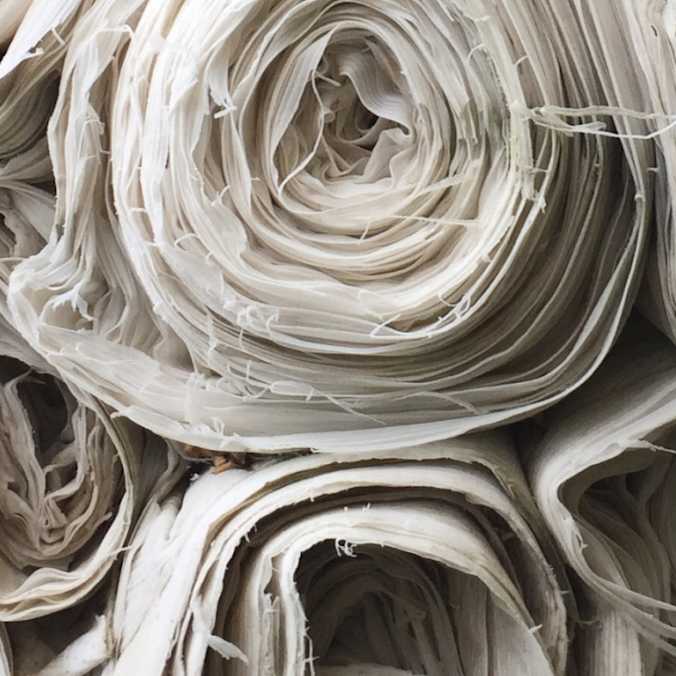
Durability
Quality leather is one of the best investments around because it really lasts. Give it a little TLC and you can expect to be wearing it for decades to come.
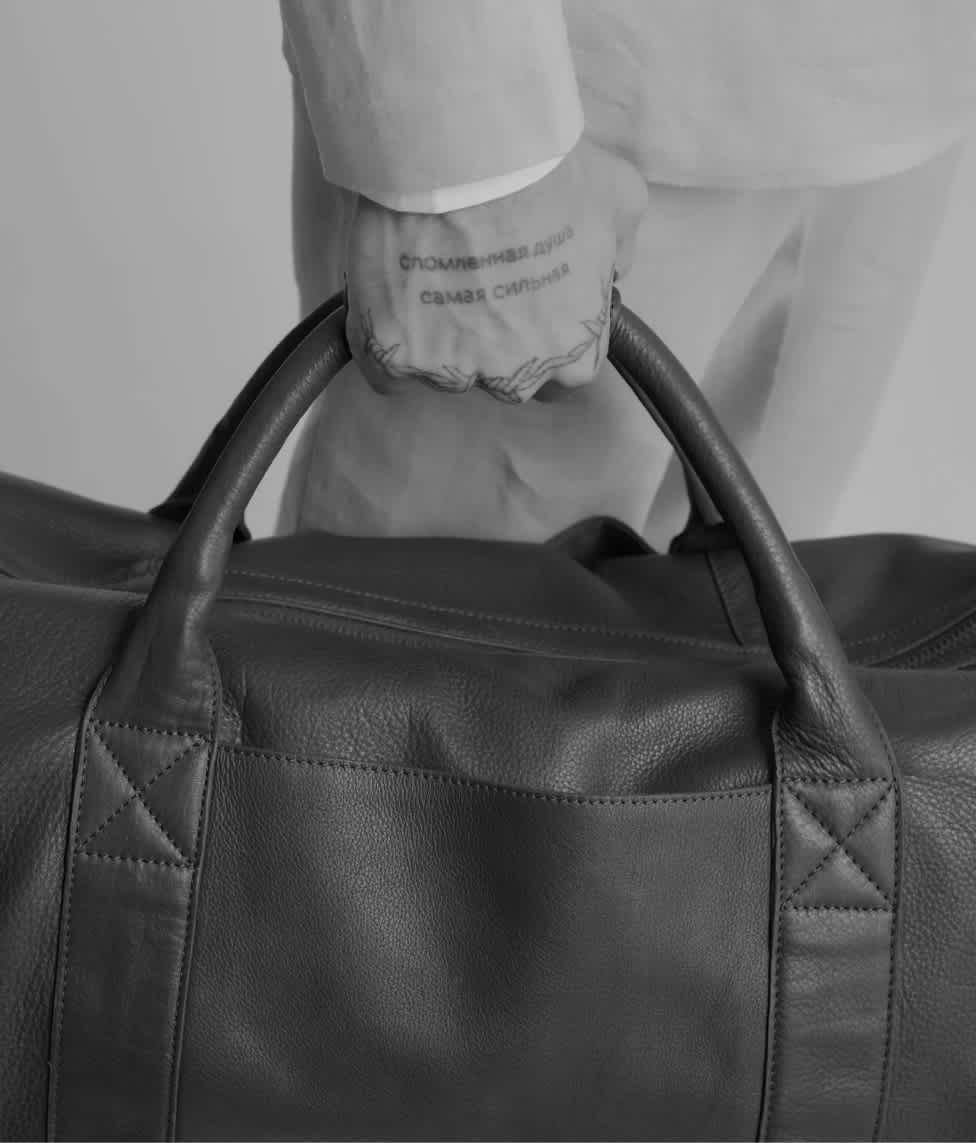
Make it a long-term relationship
HOW TO CARE FOR YOUR LEATHER
You’ve invested in timeless leather styles—now show them some love to keep them looking amazing for years.
Store away from sun and heat, which can fade or dry out the leather. For handbags, a dust bag will keep it safe between carries—just avoid storage methods that can’t breathe, like plastic. In a pinch, our favorite dust bag hack is just a white pillowcase.
If your leather gets wet, let it dry naturally away from sun or heat. Small wet spots should be blotted dry asap.
Spot clean with soap flakes and warm water and do a special leather conditioner every three to six months. Never machine wash, tumble dry, or iron anything leather. Otherwise, avoid cleansers to keep natural oils intact and for stains and bigger blemishes, consult a leather specialist for help.
For handbags specifically: avoid overstuffing them so the leather won’t stretch out. Be sure to wipe down and spot clean with a soft cloth on a regular basis.
For suede, the general rule of thumb is to avoid water. A special suede brush can help remove debris—just brush in the direction of the grain and you’re all good.
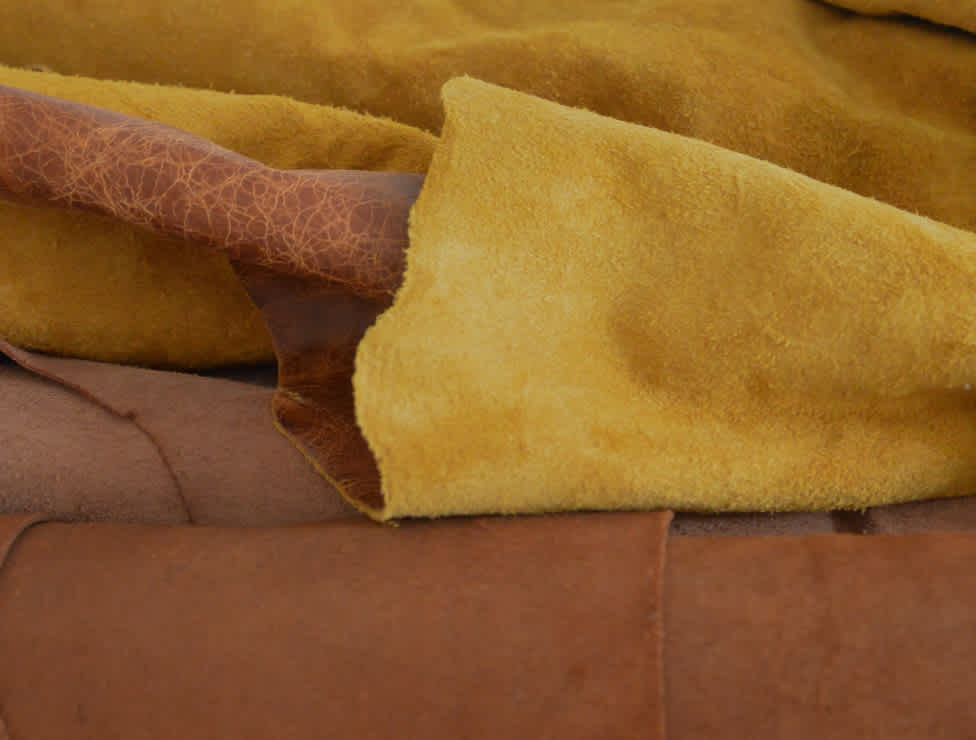
Remember to always do a small patch test in a hidden spot before using a conditioner or other leather product.

COMMITTED TO LEATHER
Here’s how we manufacture high-quality products with minimal environmental impact.
ALL YOUR QUESTIONS, ANSWERED
1. Is leather cruel?
1. Is leather cruel?
In a word, no. Leather is a by-product of the food industry, using a part of the animal that would otherwise be disposed of. Farmers raise cattle and other animals for their meat. If the hides weren’t tanned, treated and processed into leather, they would end up polluting the environment in a landfill.
2. Does leather last long?
2. Does leather last long?
A lifetime, if treated properly. A naturally durable material, most leather only gets better with age. The sort of wear and tear that would destroy a different material only enhances the character and patina of leather.
3. What leather clothes should I buy?
3. What leather clothes should I buy?
The list is lengthy: A good leather coat—whether a classic moto look or a sleek shirt jacket—can elevate your jeans-and-a-tee vibe or add edge to an evening gown. A style that’s been in fashion for generations, it’s the definition of timeless.
The list is lengthy: A good leather coat—whether a classic moto look or a sleek shirt jacket—can elevate your jeans-and-a-tee vibe or add edge to an evening gown. A style that’s been in fashion for generations, it’s the definition of timeless. Speaking of style that will endure—a leather purse is another smart addition as it's a piece you can carry for decades. Among the most classic options: A sleek crossbody or slouchy shoulder bag.